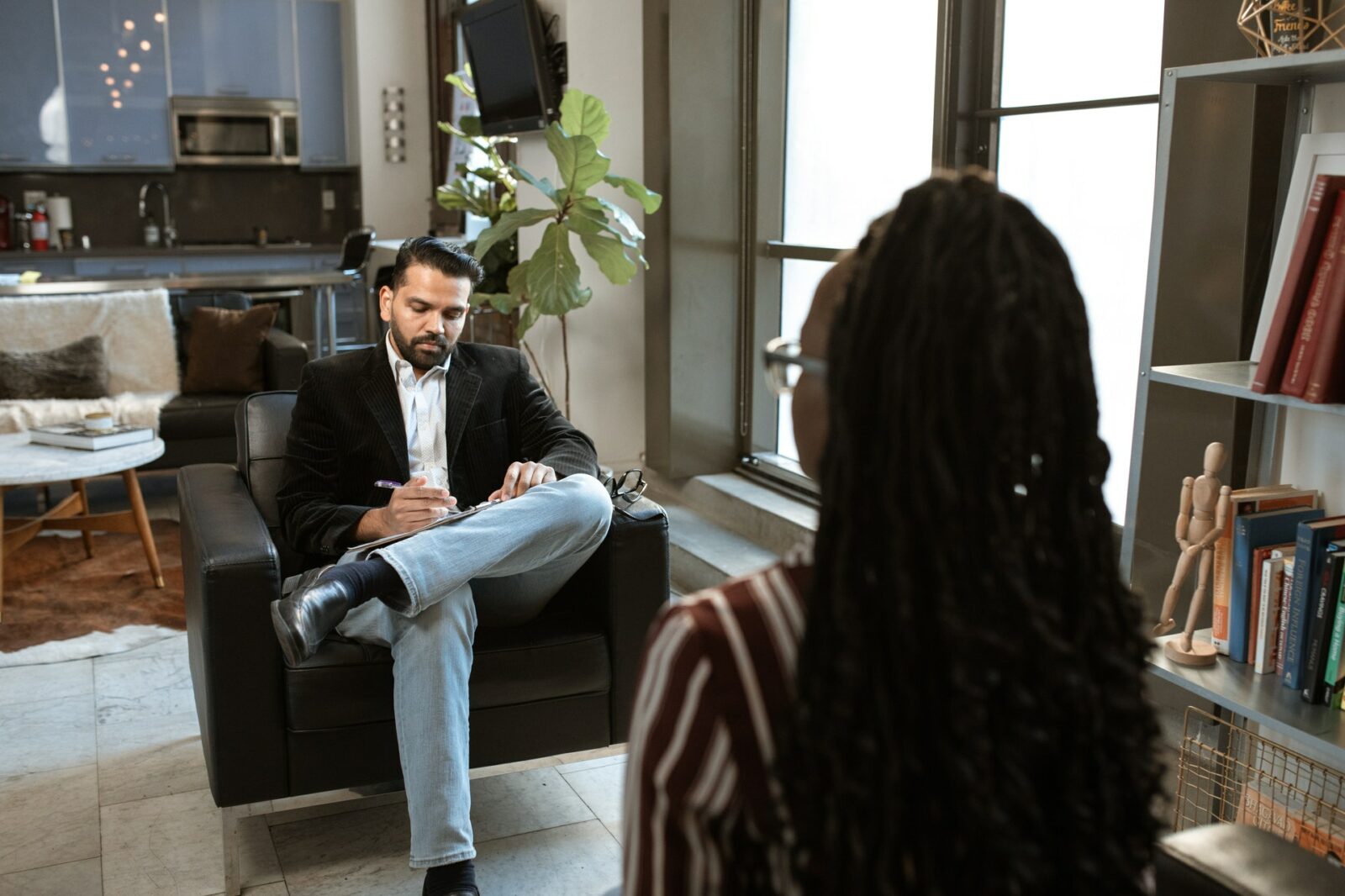
Interviews are one of the most common methods used for qualitative research. There’s nothing like a great conversation with someone to learn about their world and how they see the world around them. There’s not just one way to conduct an interview. Different types of interviews include:
For each of these types, there are some basics that are important to observe. The Qualitative Research Guidelines Project at the Robert Wood Johnson Foundation has a great, short introduction to interviews.
Personally Identifiable Information
Most times, to answer your research question, you will not need to get participants’ personally identifiable information. Also, people who are concerned about identity fraud and privacy issues will be more likely to participate in your survey if they know you will not collect this information.
Informed Consent
Before participants complete a survey they should know what you will use the data for and how you will plan to safeguard it. I cover this in Informed Consent.
Respect Participants’ Time
Do you know how long it will take to complete the interview you have developed? You should. After you draft the interview schedule, have someone you know complete it so you can learn how long it takes to complete and if it renders the data you need. Before participants start the interview, tell them how long it will take. For instance:
“This interview will take no more than one hour of your time.”
…inspires confidence in participants because they know how much time to budget. If you say the interview will only take one hour… make sure that’s true. No one likes being hoodwinked!
Strategies for Qualitative Interviews
There are several significant components to interviews and interviewing. These include how to act when interviewing, how to write questions for the interview schedule, and how to capture participants’ responses.
Read Strategies for Qualitative Interviews from the Harvard University Department of Sociology for quick tips on all three aspects of interviewing.
Pro Tip
Silence is valuable in interviews. Don’t rush participants. Leave them room to think and wander.


